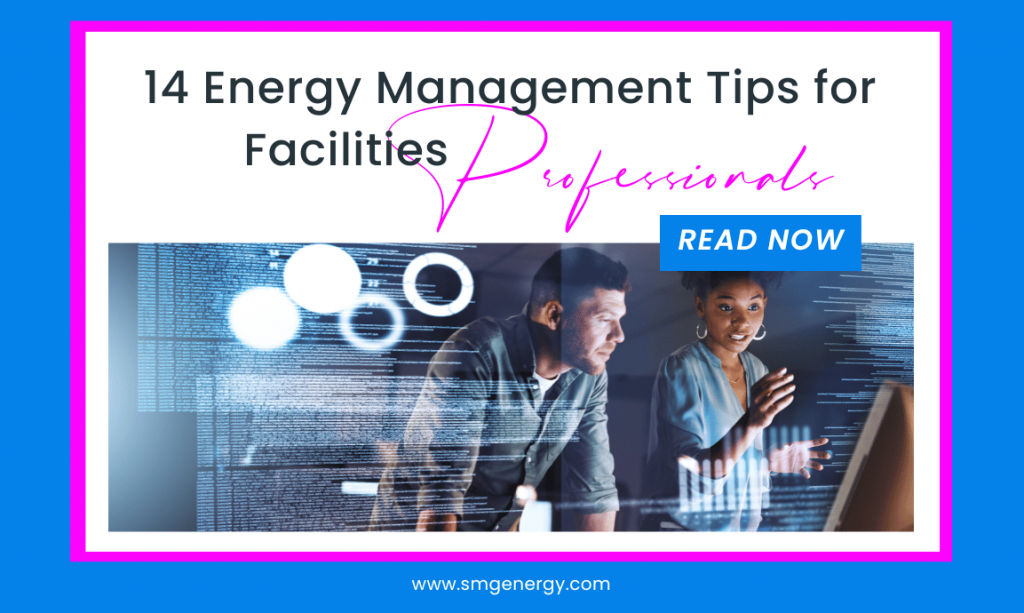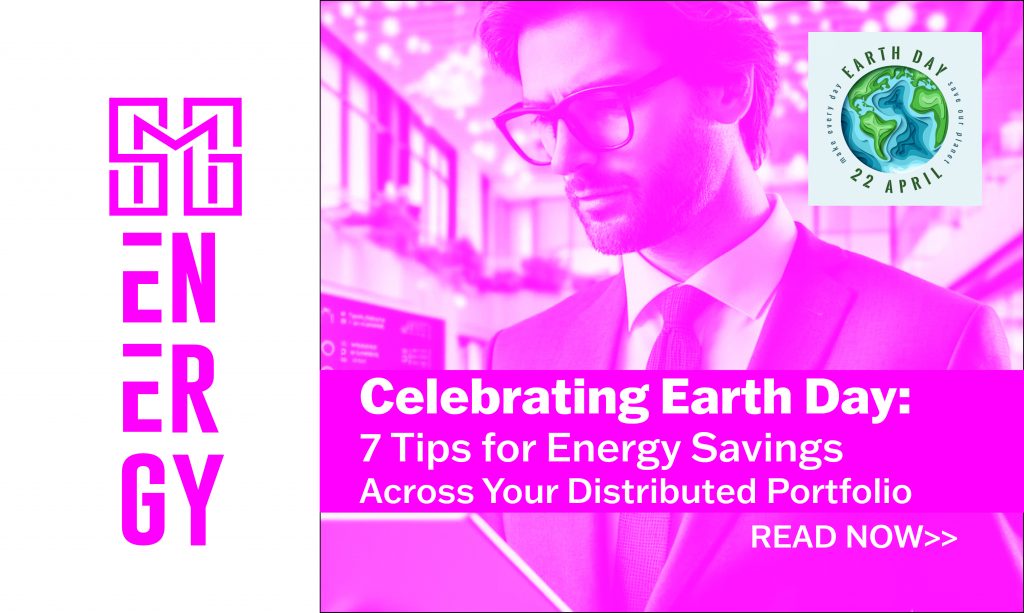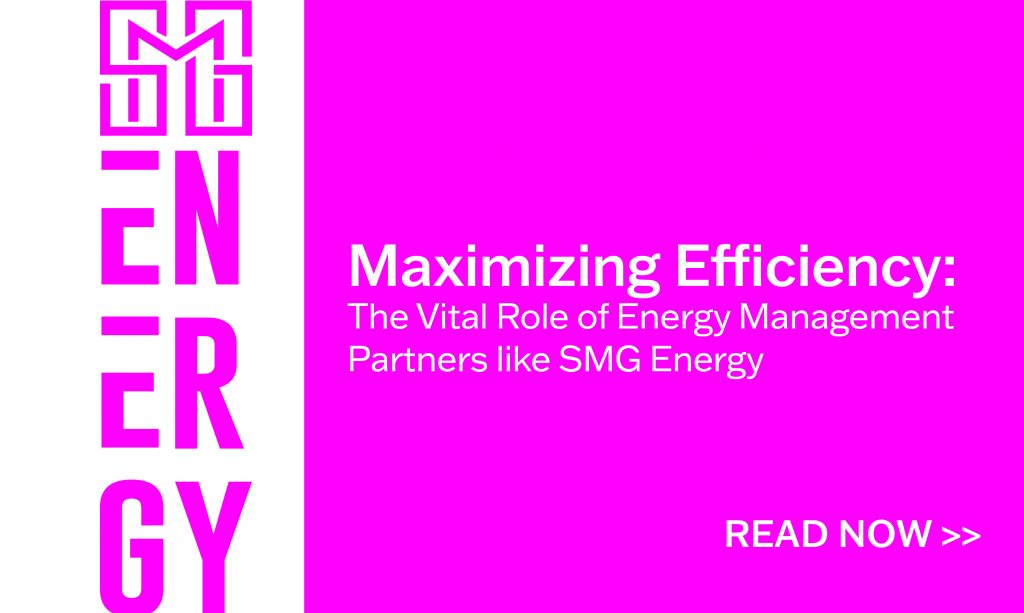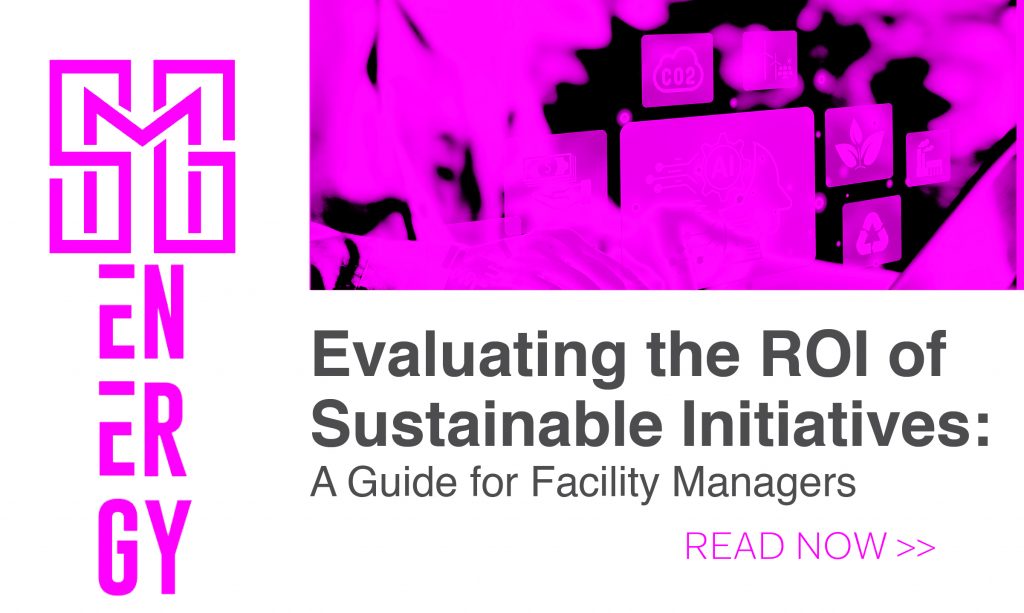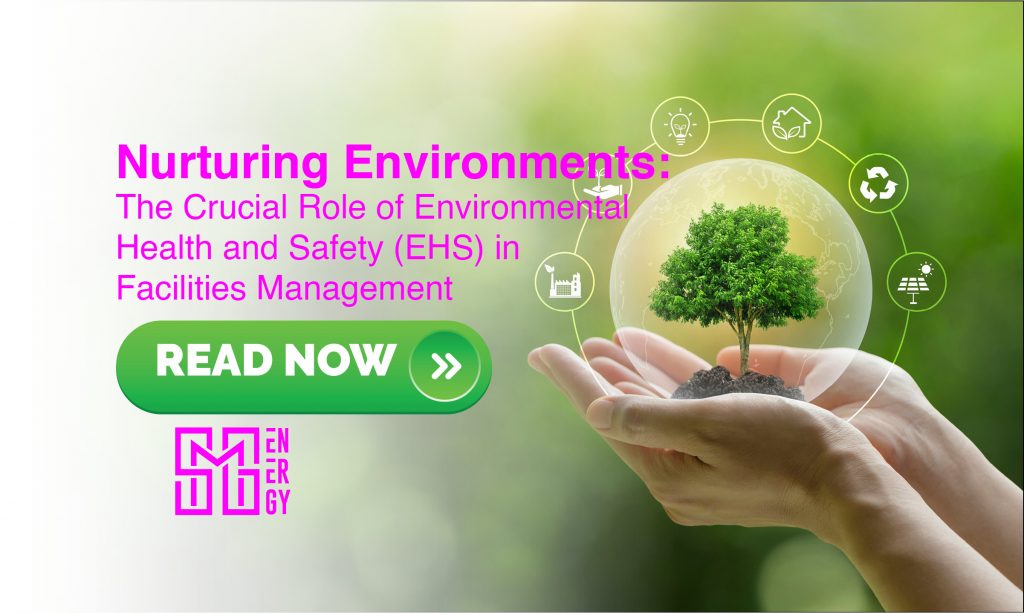Environmental, Social and Governance i.e. “ESG” has become a hot topic within facilities management. Perhaps more specifically to the facility professional is their laser-focus on energy as it relates to the Environmental or “E” portion of the equation. Did you know that from January to April 2022, the World Bank’s energy price index increased 26.3%, followed by a 50% increase from January 2020 to December 2021. As electricity costs continue to soar, it is now more critical than ever for facilities professionals and sustainability team members to develop an effective energy management strategy.
The good news is that there are plenty of building energy management tips and facility energy-saving ideas that you can put into practice. To help you lower your energy costs while at the same time contributing to your company’s broader ESG initiative, let’s take a look at 14 facility energy management tips.
What is the Importance of Energy Management?
With the price of almost every product and service climbing higher and higher, it’s important for facilities professionals to search for cost-saving opportunities wherever they can. In addition to lowering your facility’s overhead, reducing energy consumption through effective energy management also helps an organization reduce its carbon footprint and reach its sustainability goals.
Of course, energy is the key to every facility’s operation, and you don’t want to limit your output by constraining your energy consumption. That’s why all of the tips in this article will focus on energy management tips that don’t require facility professionals to hamstring their facility and its staff.
14 Energy Management Tips for Facilities Professionals
1) Reduce Electricity Use After Hours
Some systems (such as your facility’s security system) will need to be operated around the clock. Whenever possible, though, try to reduce electricity use after-hours by powering down all non-essential systems when they are not in use.
2) Use LED Bulbs
According to energy.gov, light-emitting diode (LED) bulbs use 90% less energy than traditional incandescent bulbs. Lighting might not be the biggest user of electricity at your facility. Still, upgrading to LED bulbs can make a notable difference while proving to be a better long-term investment since LED bulbs last 25x longer than incandescent bulbs.
3) Create a Planned Preventive Maintenance Strategy
A planned preventive maintenance strategy is a strategy for predicting and preventing equipment failures before they happen. In addition to helping your facility avoid downtime and preventing serious issues that require equipment to be replaced, a good preventive maintenance strategy can also help ensure that all of your equipment is operating as efficiently as possible.
4) Upgrade Your HVAC Systems
Heating and cooling are one of the biggest energy consumers at most facilities. This makes upgrading your HVAC system to a more efficient unit one of the most effective measures you can take regarding facilities management energy efficiency.
5) Inspect All Equipment
HVAC units are not the only equipment at a facility that might need an upgrade. You should routinely inspect all of your facility’s equipment to ensure that it is operating efficiently.
6) Create Standard Energy Procedures and Regulations Internally
If you want your facility’s staff to pay attention to their energy consumption, you will need to create internal energy procedures and regulations. One great way to enforce these procedures and regulations is to use programmable thermostats to control how much energy your facility spends on heating and cooling.
7) Gain Insight Through CMMS Reporting
A computerized maintenance management system (CMMS) can provide valuable insights into a facility’s maintenance operations, making it easy to analyze where your energy usage is coming from to identify opportunities for improved efficiency.
8) Add IoT-Enabled Remote Monitoring to Your CMMS
Leveraging IoT-enabled or remote “smart” monitoring enables you to populate your CMMS with real-time machine data, providing complete transparency into how all of your equipment is performing when it comes to energy efficiency and beyond.
9) Actively Manage Real-Time Energy Use
With an effective CMMS and IoT-enabled remote monitoring, you’ll be able to analyze how much energy your individual equipment and facility are using in real-time. This enables you to gauge the effectiveness of energy-saving initiatives in real time and quickly spot spikes in usage so that the underlying issues can be resolved.
10) Secure Leadership Buy-In and Support
As you can see already, reducing energy consumption at your facility will likely require some upfront investments. Before you can get the green light to make these investments, you will need to secure leadership buy-in and support by proving their ROI.
11) Understand What Your Building Should be Using
Understanding how much energy your building should be used by comparing its energy consumption to that of similar facilities shows how much room for improvement there is at your facility. One great tool for figuring out how much energy your building should use is ENERGY STAR’s Portfolio Manager, which lets you see how you are doing compared to comparable facilities.
12) Invest in Analytics
We’ve already mentioned how utilizing a CMMS, and IoT-enabled remote monitoring enables facilities to manage their real-time energy use actively. By gathering quality data and investing in analytics, you can achieve transparency in your operations that allow you to measure other energy-saving initiatives’ impact and identify issues driving up your energy usage.
13) Understand Your Utility Rate
Regarding how much your facility is spending on energy, its energy usage is only half of the equation. The other half is how much you are being charged per kilowatt-hour (kWh). Keeping track of your utility rate may enable you to negotiate a better rate with your utility company (or switch to a company that offers lower rates). At the very least, it will help you understand where your energy costs are coming from. In addition, utility rebates and incentive programs may be available in certain markets thereby further offsetting your energy spend.
14) Partner With Those Who Can Supplement In-House Knowledge
Partnering with a third-party energy consultancy is one excellent way to pinpoint additional energy-saving opportunities. In addition to providing a wide range of other services designed to optimize the overall efficiency of your facility, consultancies such as SMG Energy also strive to identify additional opportunities for energy savings.
Partner with SMG Energy for Efficient Energy Management
We work at SMG Energy to help our partners improve sustainability and lower their energy costs via optimized facility energy management. Partner with a company with the technology, resources, and experience to help reduce your facility’s energy consumption while improving its processes’ efficiency and effectiveness. In that case, we at SMG Energy look forward to being at your service. To learn more about our industry-leading energy management and facilities services, contact us today.
